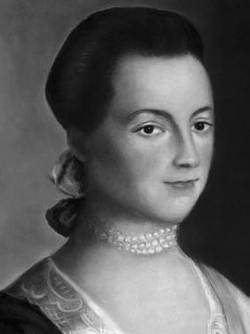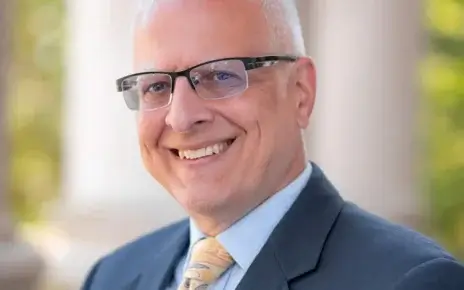Prior to the year 1920, women were barred from voting or holding public office despite desperate pleas such as Abigail Adams’ famous line, “Please, remember the ladies!” Slowly, progress was made and women can now be found at every level of the U.S. government including the Supreme Court. It is vital for women’s voices to be heard in our halls of legislation. Nevertheless, Monmouth’s aspiring female lawmakers will be facing an uphill battle when trying to step into the political arena after graduation.
In spite of recent progress, women still only comprise about 24 percent of our state legislatures, according to the Center for American Women and Politics. The percentages of female legislators are high in some states while others have with low female representation. This begs the question: why do some states have higher percentages of female legislators than others? The answer lies in each state’s education levels, religious views, and political ideologies. In order to further investigate this issue, a regression analysis study under the guidance of Dr. Joseph Patten, Chair of Political Science and Dr. Thomas Lamatsch, Assistant Director of the Polling Institute, was conducted.
The results of this study were groundbreaking in the political research field, uncovering a direct correlation between state educational levels and the percentages of female legislators in each state. Education was the main factor contributing to this issue making it the study’s most significant finding. Patten believes that education has a significant impact on voter participation. “The level of education a person has is the most important predictor as to whether a person will vote or engage in our political process,” Patten said. The data clearly indicated that as a state’s percentage of college graduates increased, the state’s percentage of female legislators increased as well. This was as expected considering voter turnout is significantly higher among college graduates.
Gender came into play as previous studies have proven that voter turnout is higher among women than men, and according to a 2009 Gallop poll, “41 percent of women identify themselves as Democrats.” It is these liberal leaning females who come out to the polls in droves to cast their votes on behalf of female candidates they believe will better represent them on women’s issues. All of which indicate the more educated the voter, the higher a state’s percentage of female representation.
State political ideology was also a major contributing factor as the data indicated that states with higher percentages of citizens who voted for Barack Obama also had higher percent- Chair of the Political Science Department ages of female legislators. As a result, these more liberal states had the highest percentages of women lawmakers. This comes as no surprise considering the Democratic Party’s continued support for welfare programs, women’s rights legislation and equal rights for women in the labor force. Most surprising was this study found religion to be a negative factor. States which had the highest percentages of devout Christians saw a decrease in their percentages of females in state government however; further research is needed in order to provide a clear explanation for this occurrence.
Overall, the message was clear. The states with the most females elected to state office tend to be more liberal, secular and have higher percentages of college graduates while the more conservative states with lower percentages of college graduates seem to lag behind. Education is the key as an informed voter is an empowered one. So, the next time you’re in that voting booth, take a cue from Abigail Adams and “Please, remember the ladies!”
PHOTO COURTESY of theatricalintelligence.com



